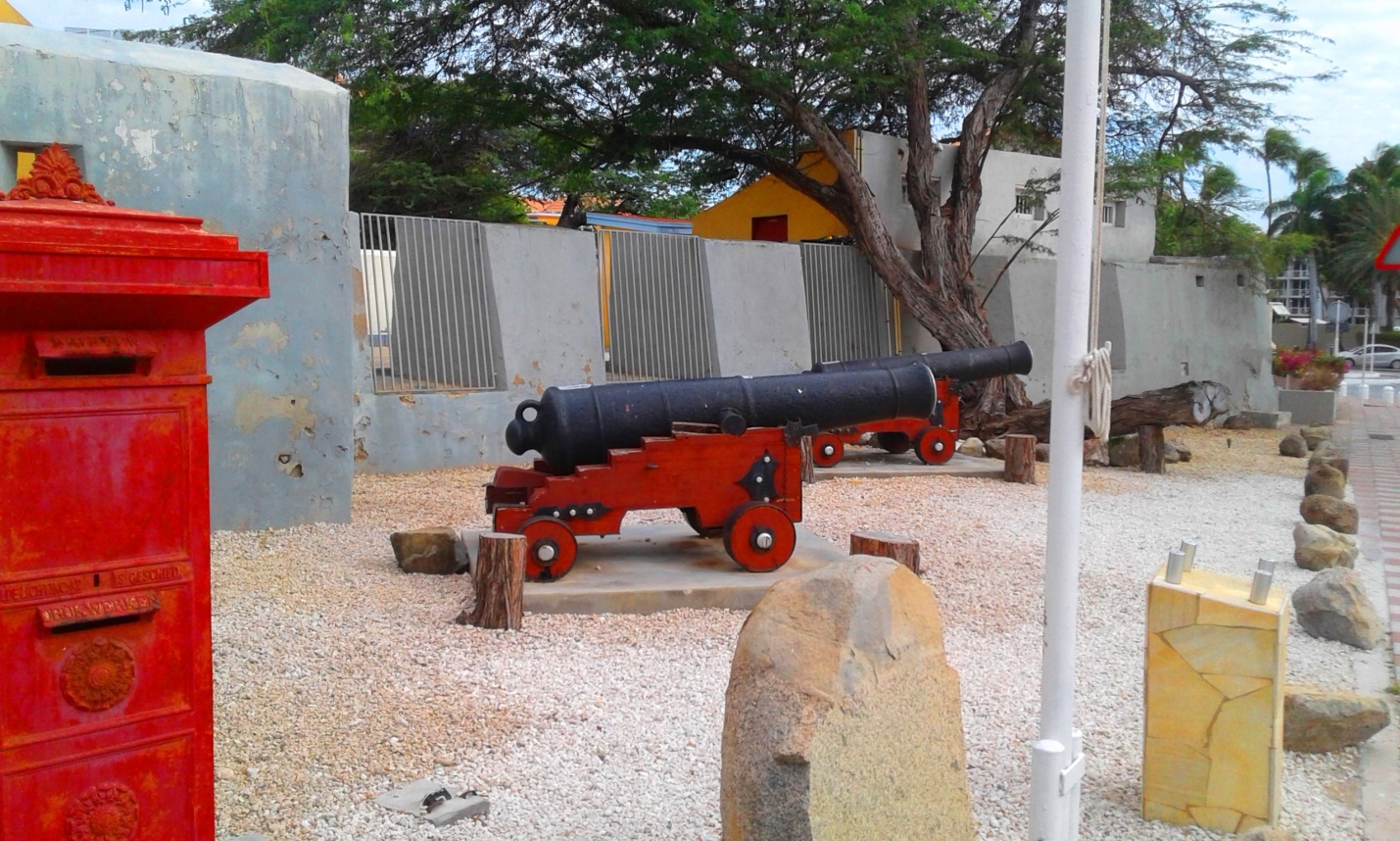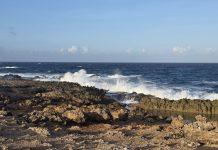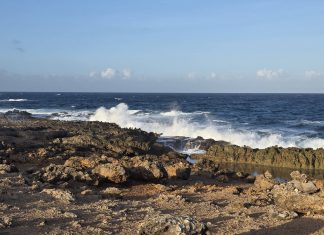Booking a magical glimpse inside Etnia Nativa is easy
Article by Etnia Nativa call us 592 2702 and book your experience!
The narrative shared through Etnia Nativa, which means native ethnicity, emphasizes the importance of reclaiming and recognizing the island’s cultural roots and heritage, which have often been overshadowed by colonial history. The entity actively engages in promoting the value of rediscovering native traditions, history and identities, while highlighting the importance of moving beyond colonial influences or submissive behavior.
In this episode, we explore the turmoil and shifting power dynamics in Aruba under the imperial shadow. In the early 19th century, the island was on high alert—privateering, foreign schooners, and geopolitical tensions stirred a relentless struggle for sovereignty, all framed by the symbolic presence of Fort Zoutman.

In 1803, as a new war loomed on the horizon, the inhabitants of Aruba waited in anxious anticipation. Among them was Captain Jean Puget, a Frenchman and longtime resident of the island, who soon found himself at the center of a tense maritime incident involving the British or English as they were known.
While sailing under the French flag, Puget was confronted by an English vessel. When he refused to lower his ship’s colors after a musket shot, a cannon was fired, ending the standoff. Puget was forced to surrender, and his schooner was seized and declared a prize of war.
Puget, however, protested what he considered an act of piracy. He defended his actions on three grounds: he held valid Dutch registration papers; he was sailing on behalf of Curaçao merchants Cancrijn and Jutting; and he had departed Curaçao under the Dutch flag, having lived in Aruba for six years.

The schooner was sent to Curaçao, where the dispute was to be resolved, and was brought into port flying the English flag. After a thorough review, the local council declared it unqualified to make a ruling and referred both parties to the French administration in Saint-Domingue. Their reasoning was as follows: Puget was a French subject; he held valid French registration certificates (the Dutch papers recently acquired in Curaçao were merely precautionary); and at the time L’Espérance (his schooner) was confiscated, it was sailing under French colors.
The schooner remained detained until a verdict could be delivered by the French judges. Meanwhile, letters of marque were issued, and all sailors were summoned to report for service against the English.
One might wonder whether the Dutch warships stationed in Curaçao could have been deployed to secure the waters around the islands. However, it must be remembered that such patrols would not only have encountered privateering schooners but also enemy frigates—vessels the Dutch ships were ill-equipped to confront.
This reality was confirmed months before, by the voyage of the Dutch schooner De Vliegende Visch (Flying Fish). Upon arriving in Aruba, the crew learned that the English fleet had reached the island. At the time, the island was blockaded by sea and besieged by land. Though the schooner attempted to dock, it was ultimately forced to divert to Maracaibo.
Regarding the appointment of Aruban commanders, unusual events unfolded during this period. Commanders were dismissed by the Curaçao administration and reappointed by English privateers—or the reverse. Some English names from this time have been preserved.
The English exercised full control. They landed men ashore and ordered the local commander to raise the Union Jack. In many cases, the Aruban commander was not even removed from his post. After a few days, once the English had departed, the Dutch flag was simply raised again.
Although the people of Aruba did not display any warlike zeal, Fort Zoutman was manned with a garrison and armament that Curaçao deemed adequate for the island’s defense. In 1804, a notice from the Council of Curaçao made it clear that, should the enemy approach, the island was to immediately deploy the four air rifles stationed at Fort Zoutman to deter them. This fort used to lie on the water’s edge. Today it stands over 1000feet on land.
If you enjoyed reading our stories and are interested in learning more regarding the true identity of the island, we recommend you to book a visit to Etnia Nativa—the only “living museum of its kind in the Caribbean”—a fascinating choice, a trend-setter since 1994 and co-founder of Islands National Park, Archaeological Museum Aruba and Artisan Foundation among others. Etnia Nativa shares valuable knowledge and connects you to the ancient island’s spirit and soul. WhatsApp 297 592 2702 or etnianativa03@gmail.com
















